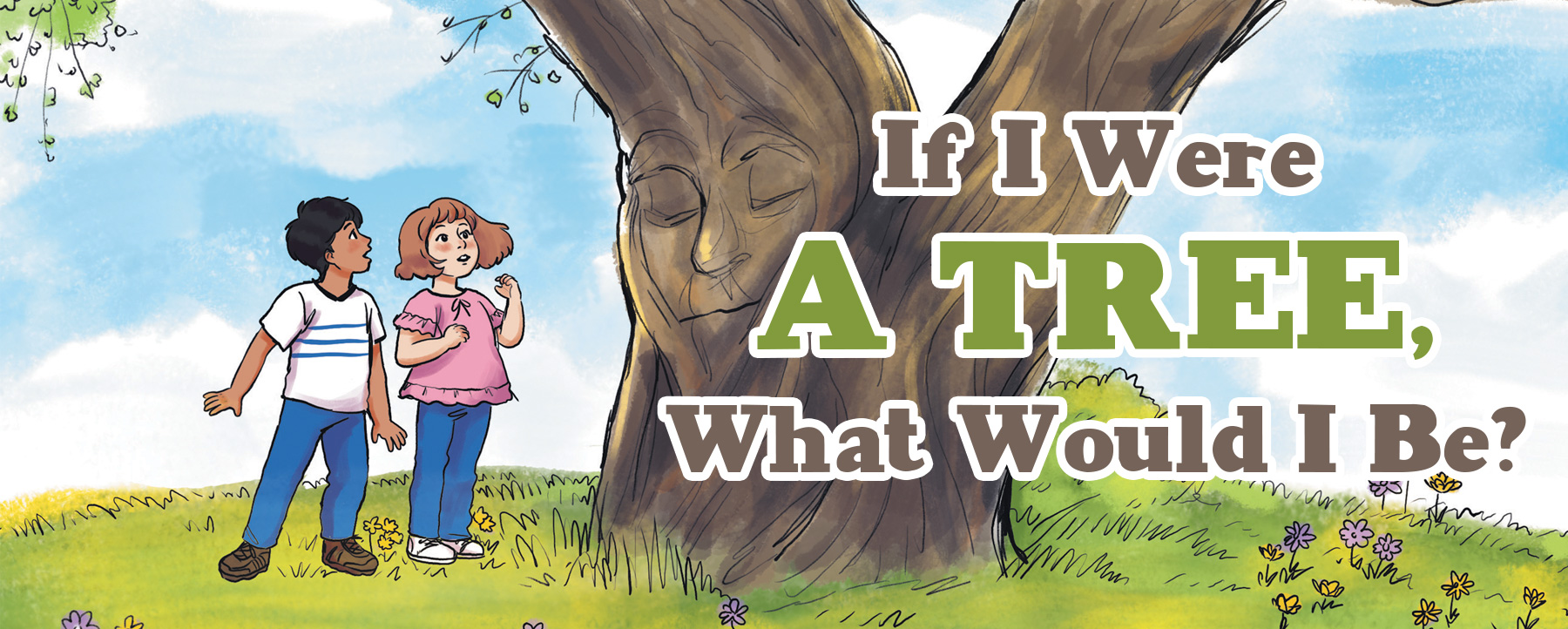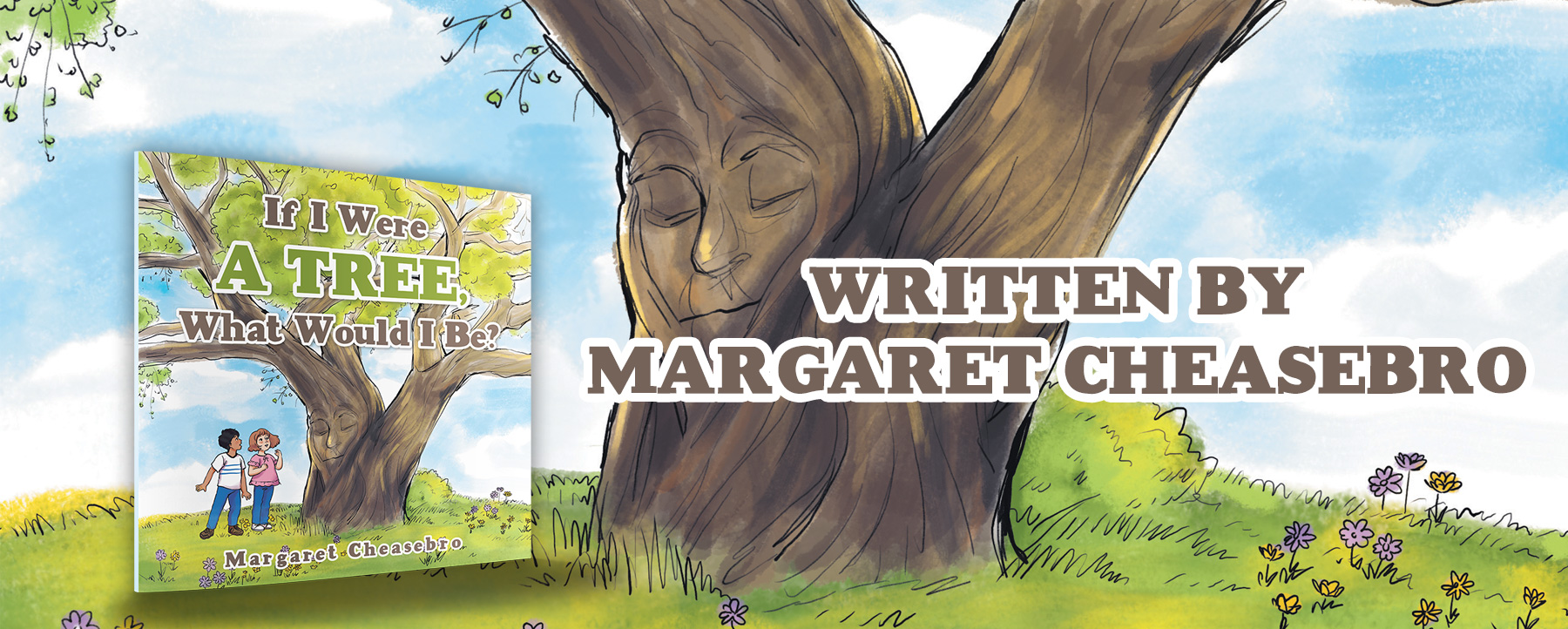There is an interesting farming experiment going on in England. It wants to find out how planting trees on farms will benefit the soil and livestock.
Andy Gray, who owns Elston Farm in Devon, is part of that experiment, which involves seven farms in southwest England. Devon is located 196 miles south-southwest of London. Gray joined the experiment because he wants to know how the trees could benefit his farm.
He is participating in a 12-year trial to see how well a system called silvopasture will improve the environment and increase productivity. Silvopasture is a very old agricultural practice of grazing livestock in forests. Studies in other places have shown that the method helps to put more carbon in the ground. It also reduces flooding, increases drought resilience, and improves the health and weight of animals. It also helps to boost biodiversity, which is all the different kinds of plant and animal life that can be found in one area.
Gray’s soil grows wonderful crops now, so some neighbors wonder why he’s planting trees. He wants to know if the method will help his farm be more economically successful.
The May 28, 2021 issue of The Guardian Weekly, a British publication, reported that the trial includes scientists from Rothamsted Research and from the Organic Research Center. The idea came from Luke Dale-Harris of the Farming and Wildlife Advisory Group, a charity organization. Woodland Trust and Innovative Farmers, a Soil Association program that helps farmers participate in agricultural research, is co-funding the project.
There are several trials in which farmers can participate. Gray chose the experiment’s most traditional agroforestry option. It involves planting 5,600 trees on slightly over 24-and-a-half acres of his farm. Between the trees are rows of soil that can be farmed. In five years, the trees may be mature enough that Gray can let his cattle graze among them. In 10 years, he might be able to let his deer loose there too.
Woodland Trust and Innovative Farmers provided the trees. Through a local charity, Gray found 60 volunteers to plant them. Some farmers look at the rows of trees and ask him how he will maneuver heavy tractors between them. Gray isn’t worried. He figures that within five years farmers will use robots more than tractors.
Scientists from Rothamsted Research have taken many soil samples to provide a baseline measurement of soil carbon, according to The Guardian Weekly. Over the next 12 years, every three or four years Rothamsted will collect more soil samples to see how well the different silvopasture options are benefiting soil carbon.
It is an interesting experiment. Farmers like Gray are helping us all gain a better understanding of how effective silvopasture can be.


